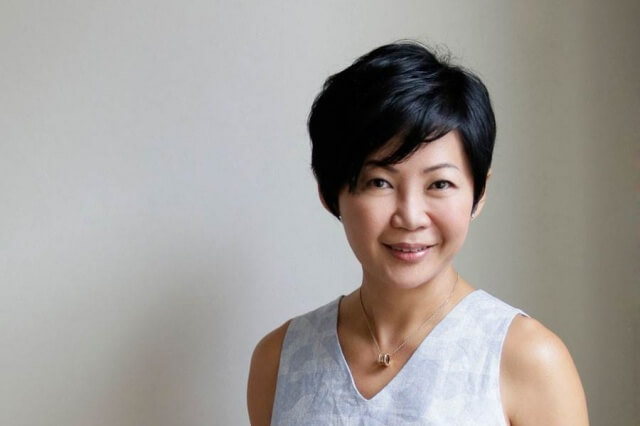R3’s Shufen Goh makes the dollars and cents case for gender equality.

There’s lot of talk about gender in advertising, following one ‘scandal’ after another, first JWT CEO Gustavo Martinez, and now Kevin Roberts from Saatchi & Saatchi. I haven’t had the privilege of knowing these gentlemen and will reserve any personal judgement, though I certainly disagree with Kevin Roberts’ statement dismissing gender equality as a concern.
The bigger issue remains the glaring fact that we have an ecosystem and culture favourable for breeding tolerance for such views, and male leaders have flourished under immunity. Judging from the strong spotlight being aimed at the topic, the next generation of women creatives will have people like Cindy Gallop to thank for tirelessly highlighting discrimination in workplace culture and lighting fires under those ignorant of the situation.
In writing this, I did a random corridor poll amongst R3 clients, and almost every single one of them was shocked by the fact that until recently women accounted for less than 3 percent of creative directors and can earn as much as 60 percent less than their male counterparts. (The 3% organisation says the number is now 11 percent, but that’s in the US.)
From a client perspective, the marcomms industry is an example of fair gender representation. Looking around the room, there are plenty of women on the payroll. They even dominate in numbers in certain departments.
As our brains are conditioned to respond with minimal effort and we’re all genetically built to make easy decisions, the most efficient way to incite change is to make a case of why having more women on top is good for business. Women’s success is business success. It’s really as simple as that.
- More women = more profit: Increasing the number of women in top management positions to 30 percent is associated with a 15 percent rise in profit (EY/Peterson Institute for International Economics, 2016).
- More women = improved team performance: Gender diversity can improve team decision-making, lift innovation capability, align customer bases and provide access to new business opportunities (Morgan Stanley, 2016).
- More women = less volatility: Not only do companies with women in management positions generate more profit, they do so with less uncertainty in the business (Morgan Stanley, 2016).
- More women = access to a greater pool of top talent: I’m going to estimate that about 70 percent of people in the advertising industry are actively looking for new opportunities. This is an expensive problem and more so when you decrease the talent pool.
It is unfair that men in the advertising industry are painted as all being misogynistic. But when you ask why there is a lack of women in senior positions, the answer I hear is “There aren’t any suitable candidates.”
Notice that the word used is not “qualified” but “suitable,” which suggests that even though a woman is capable of doing a job, there are other factors that don’t make her a good fit. What needs to be clear is that these factors are not a reflection on the candidate, but of an ecosystem that fails to make the workplace environment conducive to her survival.
Three changes would make a big difference.
- Have systems and plans to improve retention and make her job a career:Disparity in gender diversity is not happening at a recruitment level. Where the gap begins to grow is at a senior level.
- Actively change the conversation: “If women win then men lose.” “Men are more creative than women.” “The nice girl doesn’t get the corner office.” “Women who wear more makeup get promoted”. Self-defeatism and ego protectionism need to die an ugly death if we are ever going to get past this hurdle.
- Build bridges to help the ascent: For women who have made it to the other side, reach out and lend a hand with mentorship, sponsorship and guidance. It’s more than just words of encouragement, it’s providing opportunity and being a voice at the table.
Women need more opportunities to be empowered. The lack of awareness around the number of female decision-makers in the industry and the gross disparity in pay are big issues. It’s good to talk about it and grow awareness, but recognition of the problem is at best a start. There’s no logical reason why we can’t crack this ceiling, and for the sake of businesses, change has to happen now.
For those still hanging on to the argument that women are not willing to put in hours because they want personal or family life, welcome to 2016. If Barack Obama can have dinner with his family, so can any CEO—male or female.
Shufen Goh is co-founder of R3 Worldwide and president of the Institute of Advertising Singapore
Source: Marketing-Interactive





